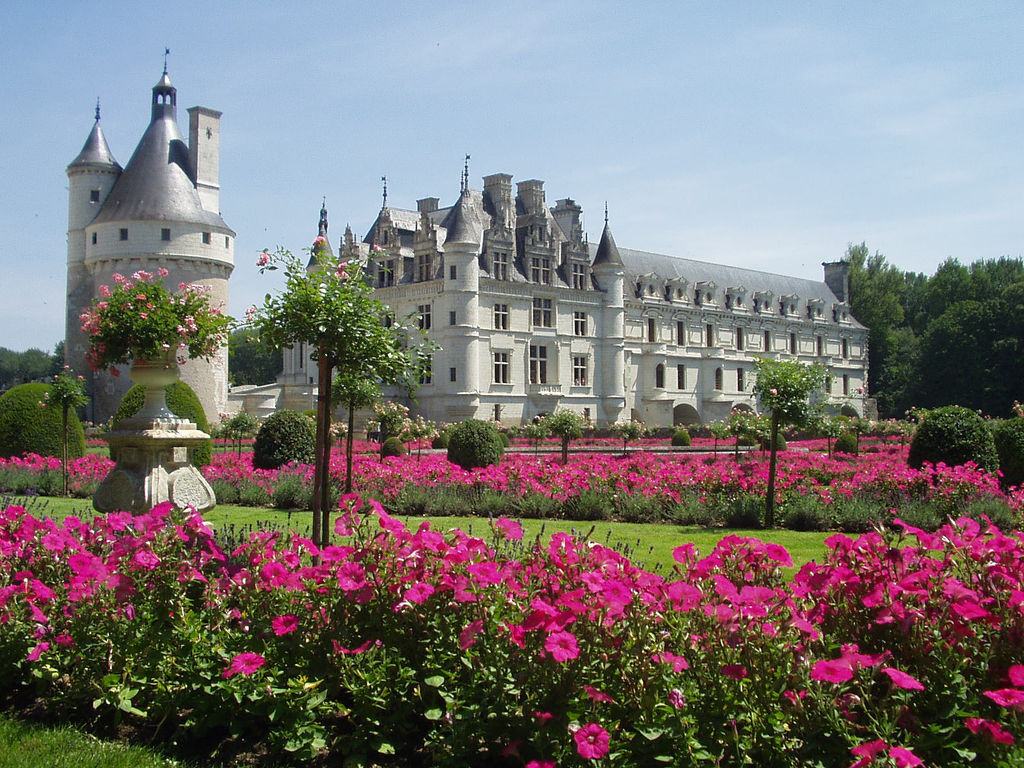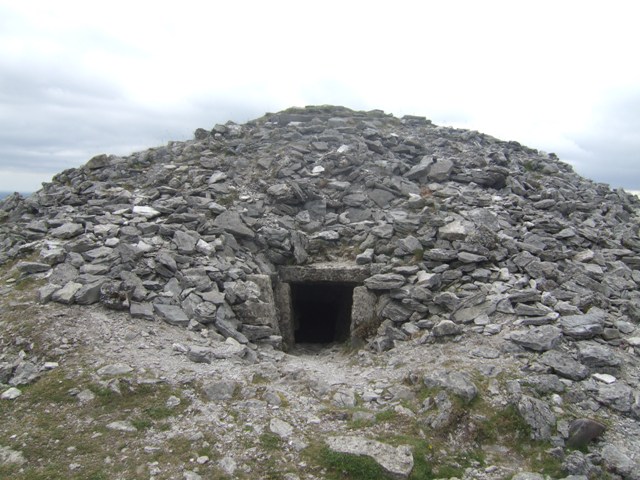|
Château Du Tholonet
The Château du Tholonet is an historic château or bastide in Le Tholonet near Aix-en-Provence, France. History The estate was acquired by Alexandre de Gallifet, who served as the President of the Parlement of Aix-en-Provence, from the d'Albertas family in 1646. The bastide was completed in 1776, a decade prior to the French Revolution. It was later inherited by Gaston Alexandre Auguste, Marquis de Galliffet, who opposed the construction of the Zola Dam Zola Dam is a dam in Le Tholonet near Aix-en-Provence, France. History The dam was designed by Italian-born engineer François Zola, the father of novelist Émile Zola. Its construction was initially rejected by Gaston Alexandre Auguste, Marqui ... in 1838. It has been home to the Société du Canal de Provence since 1959. References Houses completed in 1776 Châteaux in Bouches-du-Rhône {{France-castle-stub ... [...More Info...] [...Related Items...] OR: [Wikipedia] [Google] [Baidu] |
Château
A château (, ; plural: châteaux) is a manor house, or palace, or residence of the lord of the manor, or a fine country house of nobility or gentry, with or without fortifications, originally, and still most frequently, in French-speaking regions. Nowadays, a ''château'' may be any stately residence built in a French style; the term is additionally often used for a winegrower's estate, especially in the Bordeaux region of France. Definition The word château is a French word that has entered the English language, where its meaning is more specific than it is in French. The French word ''château'' denotes buildings as diverse as a medieval fortress, a Renaissance palace and a fine 19th-century country house. Care should therefore be taken when translating the French word ''château'' into English, noting the nature of the building in question. Most French châteaux are "palaces" or fine " country houses" rather than "castles", and for these, the word "château" is appropr ... [...More Info...] [...Related Items...] OR: [Wikipedia] [Google] [Baidu] |
Le Tholonet
Le Tholonet (; ''Lou Toulounet'' and ''Lo Tolonet'' in Provençal) is a commune in the Bouches-du-Rhône department in southern France. Its inhabitants are called ''Tholonétiens''. Geography The commune is near Aix-en-Provence, and at the foot of the montagne Sainte-Victoire. The river Arc goes through the commune. The hamlet of Palette, which gives its name to the Palette AOC ''appellation'', is located on the commune's territory. vinsvignesvignerons.com History The earliest signs of human presence can be dated back to the , and are located in the Infernet and Espinades ranges."Carte archéologique de la Gaule : Aix-en-Provence, pays d'Aix, val d ...[...More Info...] [...Related Items...] OR: [Wikipedia] [Google] [Baidu] |
France
France, officially the French Republic, is a country located primarily in Western Europe. Overseas France, Its overseas regions and territories include French Guiana in South America, Saint Pierre and Miquelon in the Atlantic Ocean#North Atlantic, North Atlantic, the French West Indies, and List of islands of France, many islands in Oceania and the Indian Ocean, giving it Exclusive economic zone of France, one of the largest discontiguous exclusive economic zones in the world. Metropolitan France shares borders with Belgium and Luxembourg to the north; Germany to the northeast; Switzerland to the east; Italy and Monaco to the southeast; Andorra and Spain to the south; and a maritime border with the United Kingdom to the northwest. Its metropolitan area extends from the Rhine to the Atlantic Ocean and from the Mediterranean Sea to the English Channel and the North Sea. Its Regions of France, eighteen integral regions—five of which are overseas—span a combined area of and hav ... [...More Info...] [...Related Items...] OR: [Wikipedia] [Google] [Baidu] |
Château
A château (, ; plural: châteaux) is a manor house, or palace, or residence of the lord of the manor, or a fine country house of nobility or gentry, with or without fortifications, originally, and still most frequently, in French-speaking regions. Nowadays, a ''château'' may be any stately residence built in a French style; the term is additionally often used for a winegrower's estate, especially in the Bordeaux region of France. Definition The word château is a French word that has entered the English language, where its meaning is more specific than it is in French. The French word ''château'' denotes buildings as diverse as a medieval fortress, a Renaissance palace and a fine 19th-century country house. Care should therefore be taken when translating the French word ''château'' into English, noting the nature of the building in question. Most French châteaux are "palaces" or fine " country houses" rather than "castles", and for these, the word "château" is appropr ... [...More Info...] [...Related Items...] OR: [Wikipedia] [Google] [Baidu] |
Bastide
Bastides are fortified new towns built in medieval Languedoc, Gascony, Aquitaine, England and Wales during the 13th and 14th centuries, although some authorities count Mont-de-Marsan and Montauban, which was founded in 1144, as the first bastides.:fr:Bastide (ville), Bastide in the French Wikipedia, retrieved March 8, 2007. Some of the first bastides were built under Raymond VII of Toulouse to replace villages destroyed in the Albigensian Crusade. He encouraged the construction of others to colonize the wilderness, especially of southwest France. Almost 700 bastides were built between 1222 (Cordes-sur-Ciel, Tarn) and 1372 (La Bastide d'Anjou, Tarn). History were developed in number under the terms of the Treaty of Paris (1229), which permitted Raymond VII of Toulouse to build new towns in his shattered domains but not to fortify them. When the Capetian Alphonse of Poitiers inherited, under a marriage stipulated by the treaty, this " founder of unparalleled energy" consolidated h ... [...More Info...] [...Related Items...] OR: [Wikipedia] [Google] [Baidu] |
Aix-en-Provence
Aix-en-Provence, or simply Aix, is a List of communes in France with over 20,000 inhabitants, city and Communes of France, commune in southern France, about north of Marseille. A former capital of Provence, it is the Subprefectures in France, subprefecture of the arrondissement of Aix-en-Provence, in the department of Bouches-du-Rhône, in the region of Provence-Alpes-Côte d'Azur. The population of Aix-en-Provence is approximately 145,000. Its inhabitants are called ''Aixois'' or, less commonly, ''Aquisextains''. History Aix (''Aquae Sextiae'') was founded in 123 BC by the Roman consul Gaius Sextius Calvinus, Sextius Calvinus, who gave his name to its springs, following the destruction of the nearby Gauls, Gallic oppidum at Entremont (oppidum), Entremont. In 102 BC its vicinity was the scene of the Battle of Aquae Sextiae, where the Romans under Gaius Marius defeated the Ambrones and Teutones, with mass suicides among the captured women, which passed into Roman legends of ... [...More Info...] [...Related Items...] OR: [Wikipedia] [Google] [Baidu] |
Alexandre De Gallifet , a Portuguese hypocoristic of the name "Alexandre"
{{Disambig ...
Alexandre may refer to: * Alexandre (given name) * Alexandre (surname) * Alexandre (film) See also * Alexander * Alexandra (other) * Xano (other) Xano is the name of: * Xano, a Portuguese hypocoristic of the name " Alexandre (other)" * Idálio Alexandre Ferreira (born 1983), Portuguese footballer known as "Xano", currently playing for Sligo Rovers {{hndis ... [...More Info...] [...Related Items...] OR: [Wikipedia] [Google] [Baidu] |
Parlement Of Aix-en-Provence
The Parlement of Aix-en-Provence was the provincial ''parlement'' of Provence from 1501 to 1790. It was headquartered in Aix-en-Provence, which served as the ''de facto'' capital of Provence. History Provence was incorporated into the Kingdom of France in 1481 after the last Count of Provence left the region to Louis XI.Monique CubellsLe Parlement de Provence Cite du Livre Two decades later, in 1501, King Louis XII of France (1462–1515) established the Parlement of Provence in Aix-en-Provence. By 1535, the powers of the were given to the Parlement of Aix. It was modeled after the Parlement of Paris. It set administrative and regulatory guidelines for Provence. It was also in charge of police and healthcare, as well as the oversight of boarding houses, prostitution, religious freedom, etc. At times, the Parlement was closer to the King of France or the Pope, depending on its wishes. For example, in 1590, when it refused to follow Henry IV of France (1553–1610), the King establ ... [...More Info...] [...Related Items...] OR: [Wikipedia] [Google] [Baidu] |
Gaston Alexandre Auguste, Marquis De Galliffet
Gaston Alexandre Auguste, Marquis de Galliffet, Prince de Martigues (23 January 1830 – 8 July 1909) was a French general, best known for having taken part in the repression of the 1871 Paris Commune. He was Minister of War in Waldeck-Rousseau's cabinet at the turn of the century, which caused a controversy in the socialist movement, since independent socialist Alexandre Millerand also took part in the same government, and was thus side by side with the ''Fusilleur de la Commune'' (the "Commune's executioner"). Military interventions and Minister of War Born in Paris, Gaston Galliffet entered the army in 1848 and was commissioned as a sub-lieutenant in 1853. He served with distinction at the Siege of Sevastopol in 1855, in the Italian War of 1859, and in Algeria in 1860, after which for a time he served on the personal staff of the emperor, Napoleon III. During the French intervention in Mexico, Galliffet displayed great gallantry in 1863 as a captain at the siege and st ... [...More Info...] [...Related Items...] OR: [Wikipedia] [Google] [Baidu] |
Zola Dam
Zola Dam is a dam in Le Tholonet near Aix-en-Provence, France. History The dam was designed by Italian-born engineer François Zola, the father of novelist Émile Zola. Its construction was initially rejected by Gaston Alexandre Auguste, Marquis de Galliffet, the landowner, in 1838. Zola founded the Société du Canal Zola in 1846 and began construction. He died, however, in 1847, and the company was acquired by author and politician Jules Migeon in 1853. Construction of the dam was completed on September 10, 1854, and it was dedicated on December 16, 1854. The dam was painted by Paul Cézanne in the 1880s. The painting belonged to Paul Gauguin in 1885. It was purchased by Gwendoline Davies in 1918, who donated it to the National Museum Wales in 1952. References Buildings and structures in Bouches-du-Rhône Dams in France Dams completed in 1854 1854 establishments in France Gravity dams {{Europe-dam-stub ... [...More Info...] [...Related Items...] OR: [Wikipedia] [Google] [Baidu] |
Cairn
A cairn is a human-made pile (or stack) of stones raised for a purpose, usually as a marker or as a burial mound. The word ''cairn'' comes from the (plural ). Cairns have been and are used for a broad variety of purposes. In prehistory, they were raised as markers, as memorials and as burial monuments (some of which Chambered cairn, contained chambers). In the modern era, cairns are often raised as landmarks, especially to mark the summits of mountains, and as Trail blazing, trail markers. They vary in size from small piles of stones to entire artificial hills, and in complexity from loose conical rock piles to elaborate megalithic structures. Cairns may be painted or otherwise decorated, whether for increased visibility or for religious reasons. History Europe The building of cairns for various purposes goes back into prehistory in Eurasia, ranging in size from small rock sculptures to substantial human-made hills of stone (some built on top of larger, natural hills). ... [...More Info...] [...Related Items...] OR: [Wikipedia] [Google] [Baidu] |





